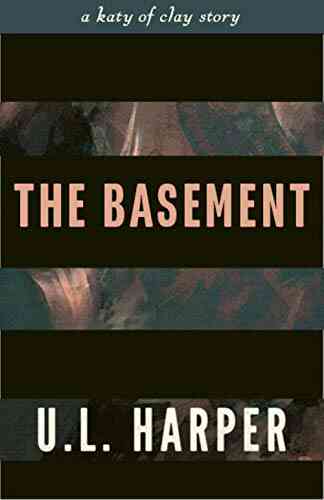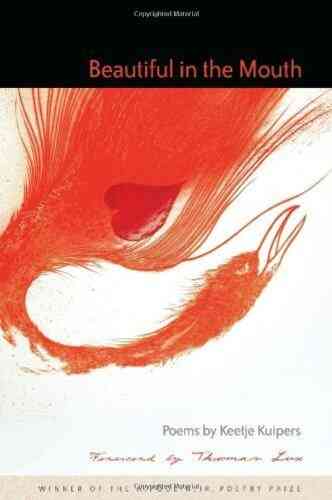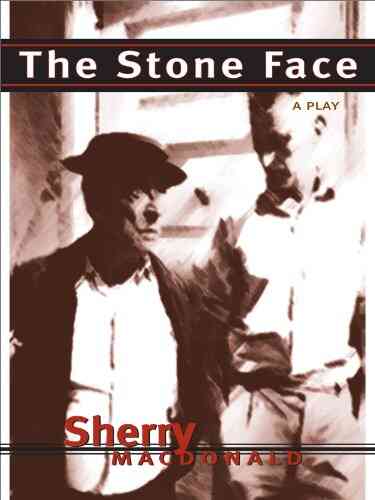From Boal To Jana Sanskriti: Exploring the Powerful Practice and Principles of Theatre for Social Change

Theatre has long been recognized as a powerful tool for social change, giving voice to marginalized communities, challenging oppressive systems, and creating spaces for dialogue and transformation. From the innovative techniques of Augusto Boal's Theatre of the Oppressed to the grassroots movement of Jana Sanskriti in India, theatre practitioners have been pushing the boundaries of traditional performance to create impactful experiences that inspire action and promote societal transformation. In this article, we will delve into the practice and principles of both Boal and Jana Sanskriti, shedding light on their unique approaches and how they have paved the way for a more inclusive and just society.
Augusto Boal and the Theatre of the Oppressed
Augusto Boal, a Brazilian theatre practitioner, playwright, and politician, developed the Theatre of the Oppressed in the 1960s as a means to empower marginalized communities and stimulate social change. Boal believed in the transformative power of theatre, envisioning it as a platform for self-expression, collective problem-solving, and dismantling oppressive systems.
The cornerstone of Boal's Theatre of the Oppressed is audience participation, challenging the traditional passive role of spectators. Spect-actors are invited to join the performance, becoming active participants in shaping the outcome of the play. Through a series of interactive exercises and games, spect-actors explore social issues, analyze power dynamics, and propose alternative solutions to oppressive scenarios. These techniques aim to encourage dialogue, empathy, and critical thinking, ultimately fostering social change beyond the realm of theatre.
5 out of 5
| Language | : | English |
| File size | : | 9303 KB |
| Text-to-Speech | : | Enabled |
| Screen Reader | : | Supported |
| Enhanced typesetting | : | Enabled |
| Word Wise | : | Enabled |
| Print length | : | 172 pages |
Boal's techniques have been widely embraced by diverse communities worldwide, sparking social transformation in various contexts. From addressing domestic violence in Brazil to exploring racism in the United States, Theatre of the Oppressed has proven to be a catalyst for action, amplifying marginalized voices and challenging entrenched power structures.
Jana Sanskriti and the Theatre of the People
Jana Sanskriti, translating to "Theatre of the People," is a vibrant grassroots movement originating from rural West Bengal, India. Led by the charismatic Sanjoy Ganguly, Jana Sanskriti brings theatre to the villages, empowering rural communities to address social issues and drive collective action.
At the heart of Jana Sanskriti's practice is its commitment to cultural democracy, a concept coined by Ganguly to emphasize the equal participation of all individuals regardless of their social or economic background. Inspired by Boal's Theatre of the Oppressed, Jana Sanskriti encourages active engagement with the audience, often blurring the line between performers and spectators.
Jana Sanskriti's performances are rooted in the lived experiences of the villagers, reflecting their struggles, aspirations, and hopes. Through a unique blend of storytelling, music, and dance, Jana Sanskriti creates a dynamic space for dialogue and reflection. These performances serve as catalysts for community discussions, encouraging critical thinking, and inspiring collective action.
In addition to its artistic endeavors, Jana Sanskriti is deeply committed to the long-term empowerment of communities. The organization conducts extensive workshops on various social issues, including gender equality, caste discrimination, and health awareness. Empowered by theatre, villagers become agents of change within their communities, challenging oppressive practices and fostering social inclusion.
Principles Shared by Boal and Jana Sanskriti
While Boal's Theatre of the Oppressed and Jana Sanskriti's Theatre of the People may have evolved in different contexts, they share several fundamental principles in their pursuit of social change through theatre.
Empowerment: Both Boal and Jana Sanskriti believe in the power of theatre to empower individuals and communities. They recognize the transformative capacity of self-expression, encouraging marginalized individuals to reclaim their voice and challenge oppressive systems.
Dialogue and Reflection: Theatre becomes a platform for dialogue and critical reflection, allowing individuals to analyze social issues, question existing power structures, and develop alternative solutions. By engaging in collective discussions, participants are inspired to think critically and collaboratively, fostering a sense of ownership over social change.
Participation: Traditional theatre often perpetuates a hierarchical relationship between performers and spectators. Boal and Jana Sanskriti challenge this dichotomy by inviting active participation from the audience. This participatory approach amplifies marginalized voices, allowing them to directly shape the narrative and explore their own stories.
Long-Term Transformation: Both practices extend beyond the boundaries of the theatrical experience, aspiring for long-term social transformation. Boal emphasized the importance of taking action beyond the theatre space, while Jana Sanskriti actively engages with the communities through workshops, education, and advocacy.
From Boal to Jana Sanskriti, theatre for social change has proven to be a forceful medium, empowering individuals, challenging systems, and inspiring collective action. Whether through the interactive explorations of Boal's Theatre of the Oppressed or the grassroots movement of Jana Sanskriti, theatre continues to break barriers and create spaces for dialogue, empathy, and transformation. The principles shared by both approaches provide a foundation for other theatre practitioners to harness the power of performance in shaping a more inclusive and just society.
5 out of 5
| Language | : | English |
| File size | : | 9303 KB |
| Text-to-Speech | : | Enabled |
| Screen Reader | : | Supported |
| Enhanced typesetting | : | Enabled |
| Word Wise | : | Enabled |
| Print length | : | 172 pages |
Jana Sanskriti is internationally recognised as the most iconic post-Boalian Theatre of the Oppressed operation in the world today.
This fully illustrated book by the Bengali company's founder and artistic director Sanjoy Ganguly, edited by Ralph Yarrow, collects and explains their programme of workshop exercises, placing them in the context of their social and activist work. A set of interviews with Ganguly complements these practical sequences, drawing in topics such as the role of the joker, the nature of development, participation and agency, aesthetics as transformation, and Theatre of the Oppressed in the context of a market economy.
Do you want to contribute by writing guest posts on this blog?
Please contact us and send us a resume of previous articles that you have written.




















Light bulbAdvertise smarter! Our strategic ad space ensures maximum exposure. Reserve your spot today!

 Theodore MitchellThe Ticklish Bet: A Journey into the Tickling Sensation of FM, FFM Tickling
Theodore MitchellThe Ticklish Bet: A Journey into the Tickling Sensation of FM, FFM Tickling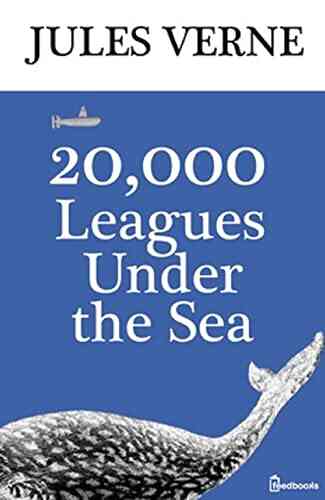
 Rudyard KiplingDiscover the Untold Secrets of 20,000 Leagues Under The Sea by Jules Verne
Rudyard KiplingDiscover the Untold Secrets of 20,000 Leagues Under The Sea by Jules Verne Allen GinsbergFollow ·6.3k
Allen GinsbergFollow ·6.3k Calvin FisherFollow ·15.8k
Calvin FisherFollow ·15.8k Donovan CarterFollow ·5.3k
Donovan CarterFollow ·5.3k Ian MitchellFollow ·19.5k
Ian MitchellFollow ·19.5k Jordan BlairFollow ·18.9k
Jordan BlairFollow ·18.9k Yukio MishimaFollow ·8.5k
Yukio MishimaFollow ·8.5k Anthony BurgessFollow ·10.3k
Anthony BurgessFollow ·10.3k Chinua AchebeFollow ·14.7k
Chinua AchebeFollow ·14.7k
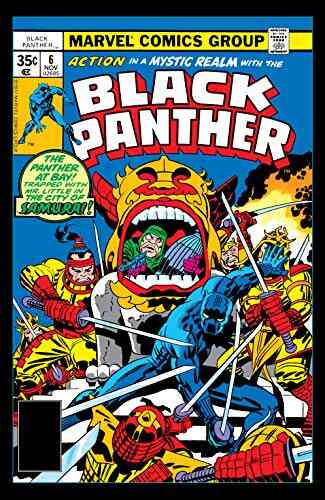
 Banana Yoshimoto
Banana YoshimotoExploring the Legacy of Black Panther: Unveiling the...
Black Panther is not just a superhero, but...

 Dan Bell
Dan BellThe Ultimate Guide to Interracial Dating for Black Men
Interracial dating has become...

 Andrew Bell
Andrew BellInside The FBI Elite Serial Crime Unit - Unraveling the...
The Meticulous Work of the...
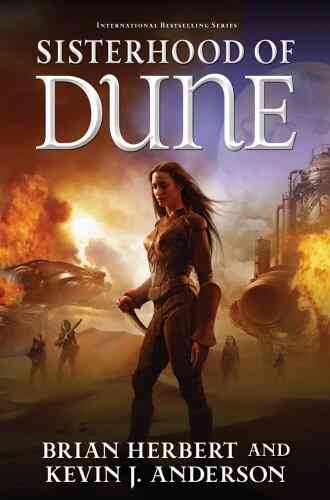
 Gary Cox
Gary CoxOne of the Great Schools of Dune Trilogy: A Closer Look
The Dune Trilogy, written by...
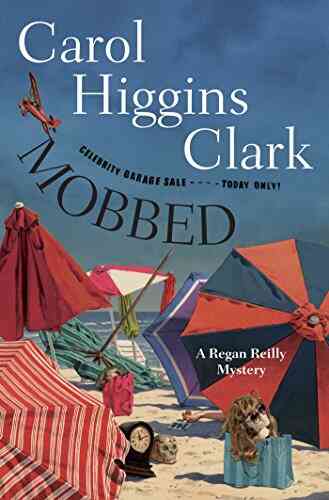
 Robert Browning
Robert BrowningMobbed Regan Reilly Mystery: An Engaging Whodunit That...
Have you ever been captivated by a good...

 Thomas Pynchon
Thomas PynchonLinz 10 Tourist Attractions Easy Day Trips
Linz, the third-largest city in Austria, is...
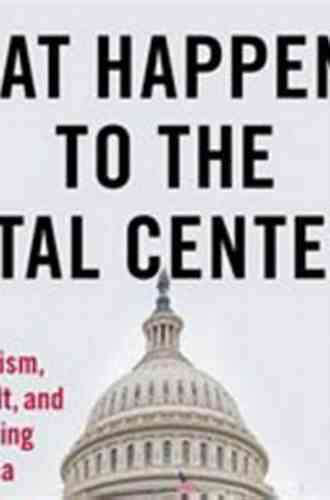
 Grant Hayes
Grant HayesWhat Happened To The Vital Center?
Over the years, the concept of...
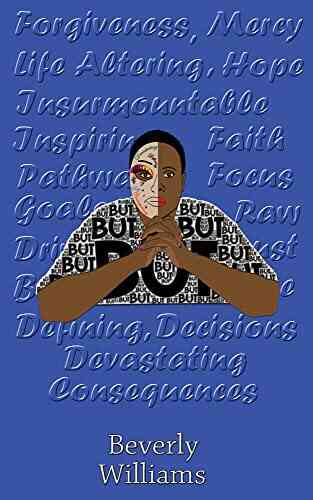
 E.E. Cummings
E.E. CummingsFrom Adversity to Triumph: Beverly Williams and Her...
It is often said that success is not...
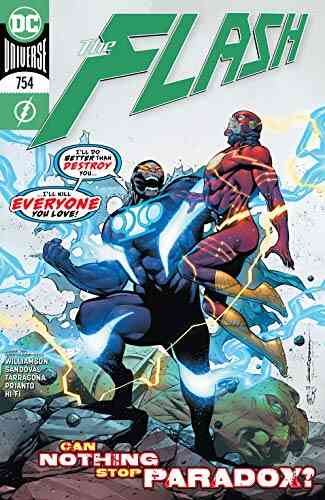
 DeShawn Powell
DeShawn PowellThe Flash 2016 Issue #754: A Thrilling New Chapter by...
The Flash, one of DC Comics' iconic...
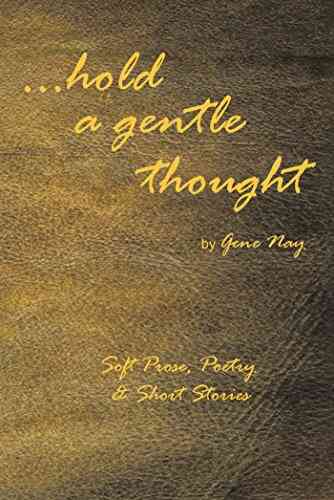
 Edwin Blair
Edwin BlairHold Gentle Thought - A Guide to Finding Inner Peace
Have you ever found yourself...
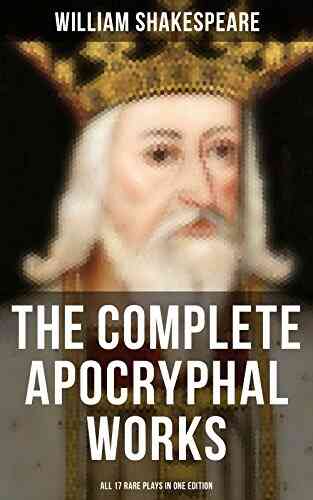
 Charles Dickens
Charles DickensArden Of Faversham, Locrine, Mucedorus, and Amadine: An...
Shakespeare is widely...

 Bo Cox
Bo CoxGet ready to be captivated by the mesmerizing Angel...
Angel Assassin Arielle Lucila is not your...
5 out of 5
| Language | : | English |
| File size | : | 9303 KB |
| Text-to-Speech | : | Enabled |
| Screen Reader | : | Supported |
| Enhanced typesetting | : | Enabled |
| Word Wise | : | Enabled |
| Print length | : | 172 pages |



